Before mediocre talent killed indie pop culture, conceptually strong music videos made today's revered singers overnightheroes. Soumya Vajpayee Tiwari gets them to reminisce

ADVERTISEMENT
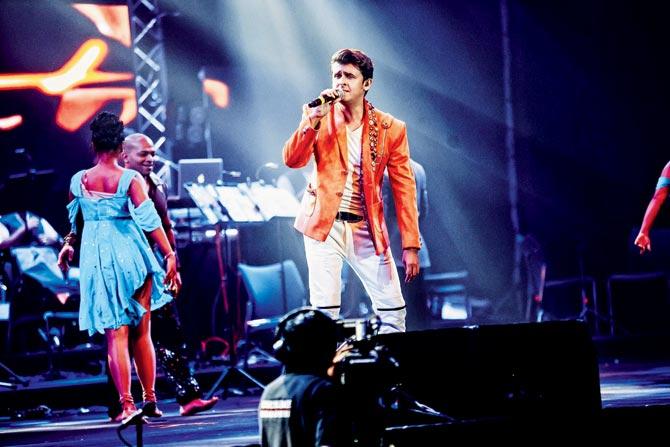
Sonu Nigam
'Film music started sounding like pop'
In the '90s, musicians made a short-lived, but courageous effort to drift away from cinematic affiliation. Alisha Chinai, Shweta Shetty, Baba Sehgal and Daler Mehndi were the forerunners in this attempt. I dabbled in independent music fairly late. I made some successful videos early on, like Papa I'm Sorry (1996) and Pooja (1997), but the alienation of T-Series from the industry had a dynamo affect on everyone associated with it, including me. Then, my song, Tu, from the album, Kismet (1998), released with Magnasound. That started it all [for me].
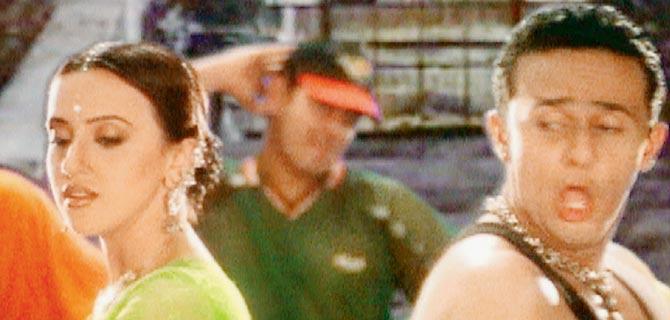
In 1999, came Bijuria (Mausam), which went on to become my most famous stage song ever. That was followed by my cult album, Deewana, in the same year. Jaan came in 2000 and Yaad in 2001, and that was it. After that, film music started sounding like pop music, and deflected from its unique Indian Bollywood character. TV channels stopped playing indie music, radio killed the CD market, and didn't contribute enough to indie music that was hit the hardest.
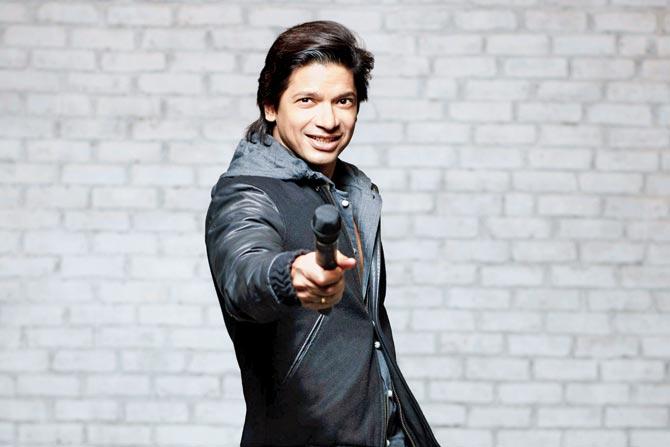
Shaan
'We became household names'
Indie music never again hit the highs it did like in the '90s. Magnasound was instrumental in creating the phenomenon, by signing Alisha Chinai, Baba Sehgal, Daler Mehndi, Colonial Cousins, myself and Sagarika and Suchitra Krishnamoorthi. We became household names with our brand of non-film, rather non-filmi music. Another label, Crescendo, also gave the now popular indie pop artistes, Mehnaaz and Anaida, a platform. Others, including Sunita Rao, Sonu Nigam, Euphoria, KK, and Kailash Kher also took to the trend. Music producers like Biddu, Leslie Lewis, Ranjit Barot and Jawahar Wattal delivered new and exciting sounds.
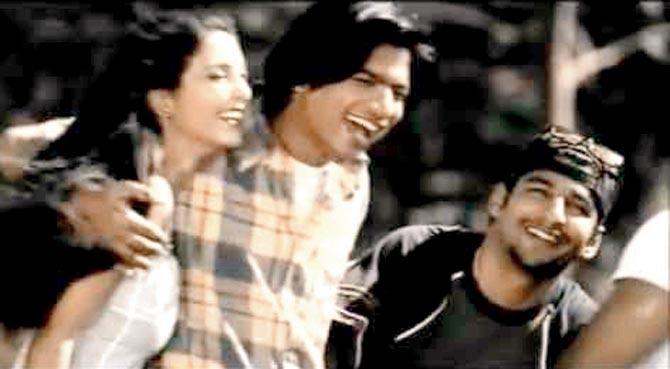
Ken Ghosh created an industry of music videos; millions of CDs were sold. Music channels and radio stations supported the movement. But, what followed was an overkill [of mediocre talent and videos]. By mid-2000, indie pop had faded. But I'm glad I experienced that era.
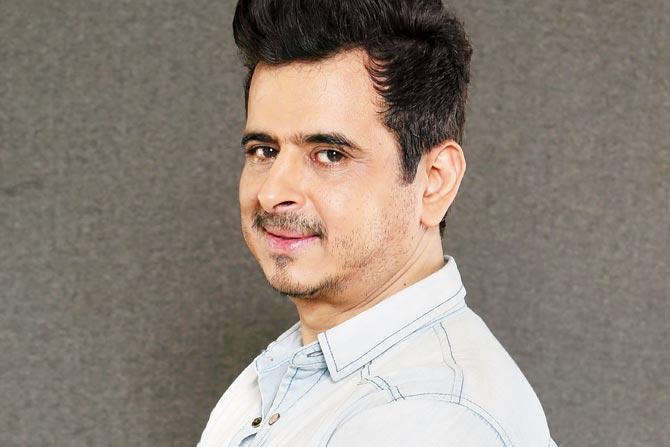
Palash Sen and Euphoria
'The videos were conceptually strong'

The late '90s to the early 2000 was among the best eras of Indian music. They proved that Indian independent music was here to stay. The videos were stellar — visually rich and conceptually strong. Every artiste had something to say through their songs. I would look forward to discovering new music on TV. Now, videos lack stories, concept and emotion. The audience had a wide variety of songs to listen to in the past. Today, music peddles films and the videos only attempt to highlight the cool quotient of the actors. I feel we need more popular people to put out their own music and videos. This is my appeal to my contemporaries from that time. At times, the road gets lonely, but we haven't given up.
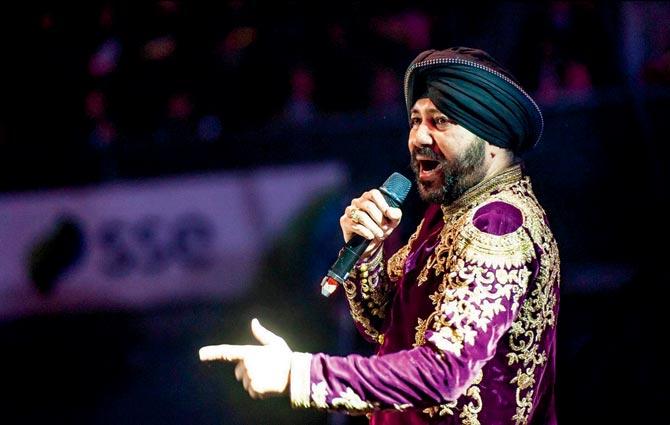
Daler Mehndi
'Punjabi indie pop was lauded'
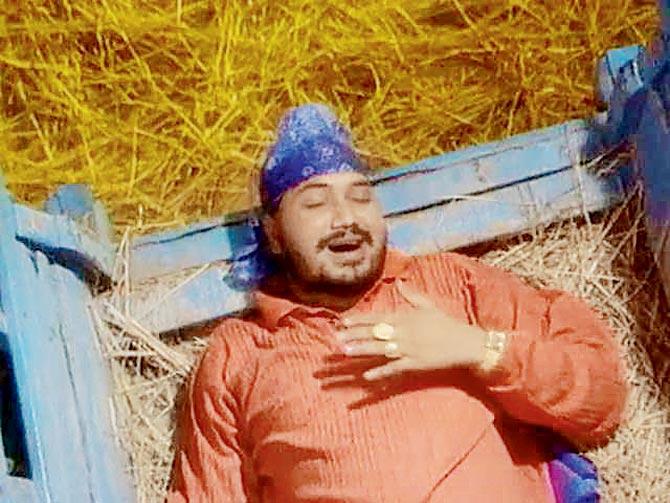
In the early '90s, English songs would play at most parties and hotels. There was an inclination towards western music. In 1995, I
introduced Punjabi indie pop music, a genre that was lauded by Indians. Even discotheques started playing Punjabi music. I feel proud that I was capable of taking my state's rich music to various parts of India and the world. Humne desh ke music ka naksha badal diya (We changed the way music was perceived in the country). Many other singers also supported the genre. My songs were original compositions and raga-based. We delivered a lot of hits from 1995 to 2000, which was also the time when cassettes and CDs were ruling. My songs, Bolo Ta Ra Ra Ra and Balle Balle are celebrated even today. I am also proud of Tunak Tunak Tun, which I recorded in 1999. It's perhaps the most played song on the digital medium.
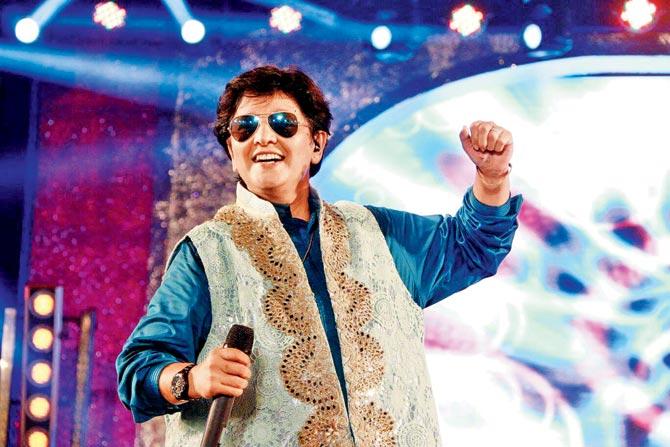
Falguni Pathak
'New talent was appreciated'
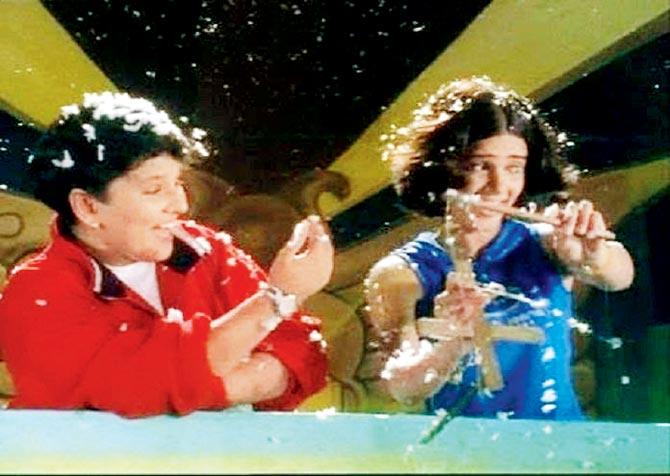
It was a special time, when non-film music was at its best. I was fortunate to make music at that time and overwhelmed to receive love and appreciation. New talent was appreciated and songs were created not just for the for the movies. The tracks had good melody and rhythm. The videos could be enjoyed by the entire family. All kinds of artistes, including Asha Bhosleji, Sonu Nigam and Jagjit Singhji, contributed to the '90s. I am proud of my videos, Choodi Jo Khanki, Maine Payal Hai Chhankai and Meri Chunnar Udd Udd Jaaye.
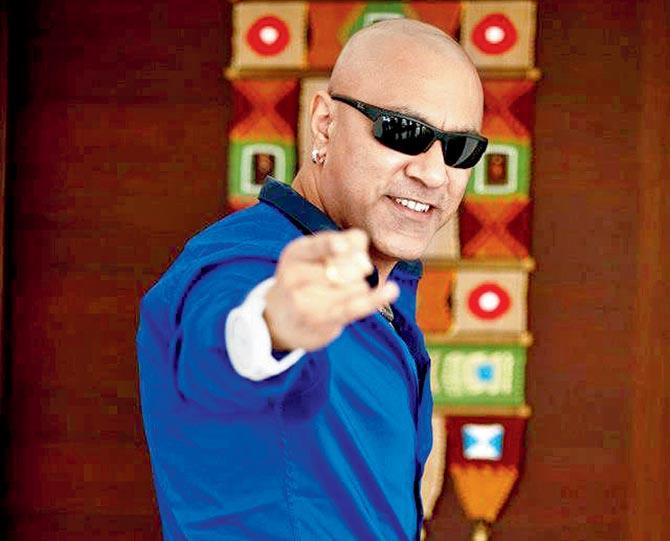
Baba Sehgal
'Back then, one song would play for a year'
The music then was raw and simple. An artiste could either hit it right or go back. Bollywood music was dominant before independent music came into the scene. Cassettes and videos helped create awareness about new songs. My song, Dil Dhadke, was the first Hindi music video in India in 1992. MTV had just launched in the country.
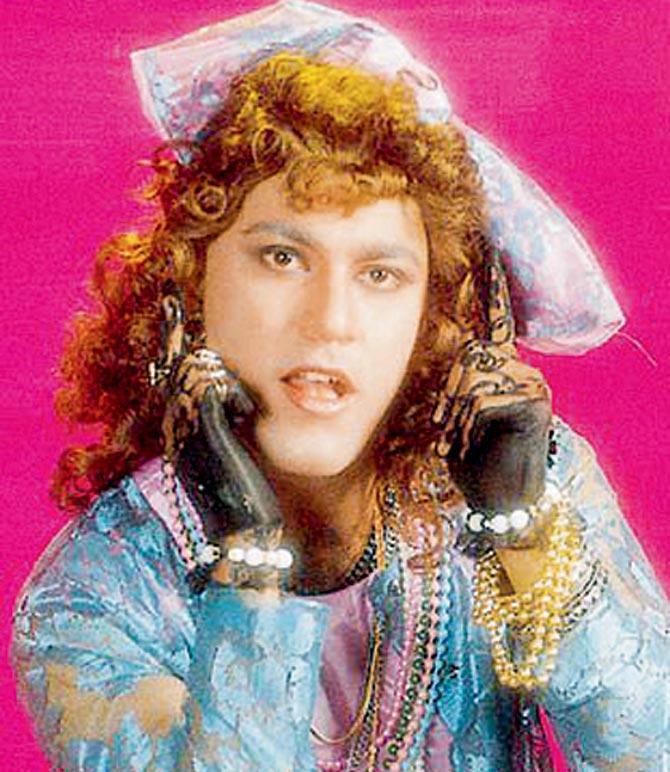
I didn't have a television at my rented house in Mumbai, so I couldn't see my own work. Back then, one song would play for a year, like my Aaja Meri Gaadi Mein Baithja did, as opposed to today, when a video plays on YouTube for a couple of days. That time was special and had its own charm. But I don't like to live off my past laurels. I like to go with the changing times. My past work should only speak of my credibility. I have always been an indie artiste and create singles even now.
 Subscribe today by clicking the link and stay updated with the latest news!" Click here!
Subscribe today by clicking the link and stay updated with the latest news!" Click here!







